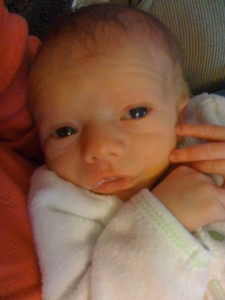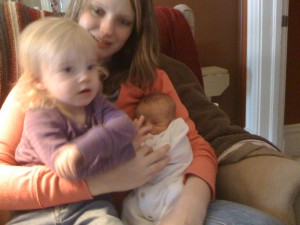[ratings]
Today I’m presenting at an event for the Massachusetts Hospital Association (@MAHospitalAssoc), and the first speaker is Larry Weber (@theLarryWeber), who is chairman of Racepoint Group. There’s a great crowd here (more than 100), and I’m also getting a great chance to meet David Harlow (@HealthBlawg), and he’s going to show me around Boston this afternoon.
Larry says there’s nothing really complicated about social media, and that it’s just common sense (which fits really well with my Thesis #1.) Among his predictions: Like it or not, there will be no newspapers by 2015, and no nightly news programs by 2018. He also says one of the most underused marketing techniques is permission-based email.
Health care is now the #1 marketing spend segment in the U.S. economy, with $90 billion a year in network TV ads. A lot of that is going to move online.
Larry told the story of how Amazon.com embedded some video of author John Updike and sent him an email message about it, which led him to spend more than an hour on the Amazon site, during which time Amazon learned a lot more about him, which will enable further serving of interesting information. Oh, and by the way, he bought 9 books.
Larry made a good point that hospitals don’t have a lack of resources to do social media; they should stop producing so much collateral. Told the story of how he took his daughter on a college tour and got tons of collateral, and she didn’t look at ANY of it. She made her decision based on blogs and other social commenting. Why would you not divert resources to efforts that relate to how people actually make their decisions.
Larry says don’t “dip a toe” without doing your homework. I really think it’s good and important to do homework to understand social media, but I will be disagreeing a bit with that. My Thesis 14 runs counter to this, at least in emphasis. Yes, you don’t want to be mindless, but I think the real problem is more likely to be analysis paralysis.
Larry also says, however, that “social media is a requirement for all hospitals — large and small.” It will have more impact on our lives than television has had. I completely agree with that. See Thesis #4.
He also believes mobile will explode. Right again. It will be used a lot more for business transactions (e.g. buying a Coke by holding smart phone next to vending machine.)
Larry closed with a point that redeemed my one disagreement with his presentation, when he said hospitals should go for full-body immersion in social media (instead of dipping a toe.) So…as long as you don’t overthink, and move relatively quickly to implementation, I think his advice is good. The only way I would temper it is to say that people in hospital PR and marketing SHOULD dip their toes…right now…to get the personal experience so they can educate leadership on what would be a reasonable strategy.


